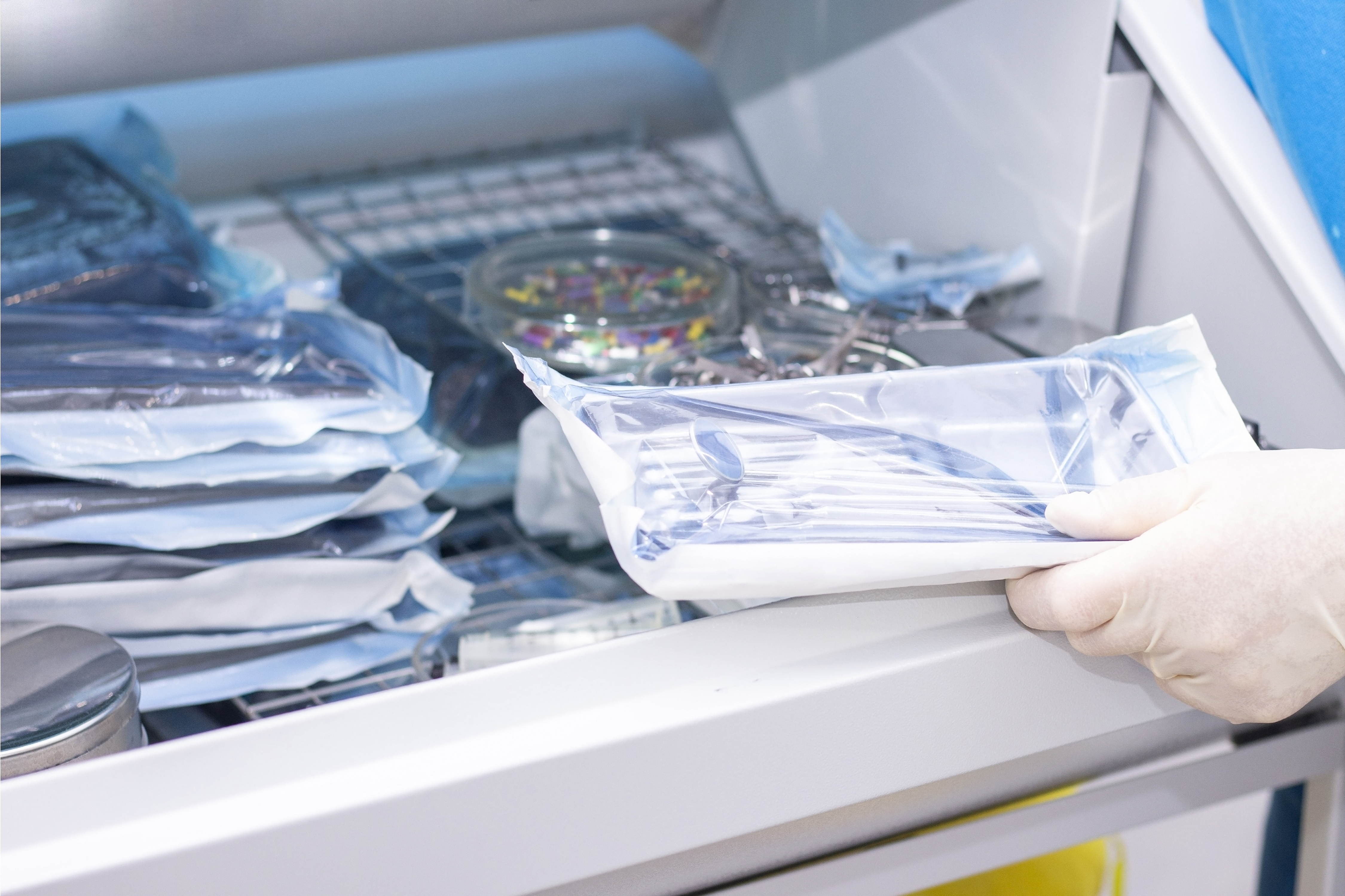RFID for Product Identification, Tracking and Anticounterfeiting
Unique Advantages of Built-in RFID Tags Technology
Article Series, Part 2 of 3
In this three-part article series based on material from our webinar, Embedded RFID for Product Identification, Tracking and Anticounterfeiting, we discuss RFID (Radio Frequency Identification) and the feature rich benefits it provides medical device and industrial equipment manufacturers.
- Part one covers the basics of RFID technology
- Part two focuses unique advantages of built-in RFID technology
- Part three focuses specifically on RFID for life sciences applications and medical devices
Part 2: Unique Advantages of Built-In (Embedded) RFID Tags Technology
Unique Advantages of Built-In RFID Tags Technology
Today, embedded RFID tags have become a commonly used technology to locate and identify assets faster and more easily. Not merely attached to a surface, RFIDs can be actually embedded in the item. This is an important distinction because the market is full of RFID tags all around us.
The U.S. Food and Drug Administration’s Unique Device Identifier (UDI) system aims to reduce medical device errors through more rapid and precise identification of devices and their accompanying information/characteristics, as well as improved tracking of medical devices use across all systems.
“In addition to achieving UDI compliance, embedded RFID offers other data utilization opportunities such as product planning, production and distribution, as well as, for your healthcare customers’ real-time tracking, locating and inventorying of medical devices,” said Beth Keiper, business unit manager for life science materials and technology, Parker CSS Division.
It's important to note that built-in RFID tags are often used by companies with a “razor blade model.” This is a business model in which one item is sold at a low price in order to increase sales of a complementary item. Even though a lot of money is generally spent on the capital equipment, the product is sold to the market at near cost or with very little margin. RFID tags allow control of how these products are used in the field and ensures that the machine understands whether or not an OEM component is being used. Printer cartridges, surgical robots or other medical devices that are heavily involved with disposables at a high-volume help make up the development costs that have been put into the capital equipment.
Securing RFID Tags
Built-in RFIDS are embedded directly within into the device’s material during molding. A big advantage of the embedded technology is that the RFID tags cannot peel off like adhered inlay tags.
In other methods sometimes employed, the RFID tags are placed in the cavity on the product and secured using a bonded plug, epoxy, permanent liquid adhesive or, in some cases, a film adhesive. While these methods of incorporating tags provides better protection than simply adhering inlays to a surface, they may not work in all applications and can require a costly secondary operation. Worse yet, plugs or adhesives can fail. The more robust process of embedding molds the RFID tags into the device’s material eliminates all dependence on plugs or adhesives.
Embedded RFID Advantages
It’s important to note that if not embedding the tags, one scratch on a surface inlay can damage the antenna and render the tag inoperable. Molded-in tags, by comparison, are completely encapsulated within the medical device’s physical dimensions and fully protected by the device’s own material.
An advantage for medical devices is that the built-in RFID tags have no contaminant-harboring seams or manufacturing marks. They are also completely tamper resistant as long as the medical device itself is not compromised. An additional benefit is that the built-in RFID tags “disappear” in opaque polymers, adding to their tamper resistance as well as providing another deterrent to device counterfeiting.
With single-use devices, embedded RFID tags can be specified to withstand a prescribed number of autoclave or gamma sterilization cycles and as long as the material itself is resistant, the tags will also be resistant. A big benefit is how RFID tags allow healthcare workers to be automatically alerted when to use new (fresh) products after a prescribed number of uses or autoclave cycles, or when a device is past its expiration date.

Track sterilization cycles with embedded RFID tags
Using built-in RFID tags also makes it difficult to produce counterfeit medical devices. Counterfeiters do not have access to your database, which is the source for identifying genuine tags. So, employing even moderate security measures would substantially deter counterfeiters and unauthorized third-party manufacturers from producing compatible devices. This method allows equipment to automatically recognize components with fully embedded and protected RFID tags. The machines can configure themselves for a specified process or procedure, allowing for faster, safer and more effective use.
These points alone validate the advantages of using embedded RFID tags in the medical industry.
“Working with our partners in the medical, diagnostic and pharmaceutical markets, Parker's Medical Systems Division develops and manufactures components, assemblies and finished devices that enable better patient outcomes,” said Keiper.
Article continues in Part 3. Click here to read Part 3.
For additional details on Parker’s RFID capabilities, please contact Parker’s Composite Sealing Systems Division, part of the Parker Engineered Materials Group.
Related information:
Learn more about Parker EMG Life Sciences Sealing Solutions

©2022 Parker Hannifin Corporation
